Sea ice melt impacts birds' feeding trips - study
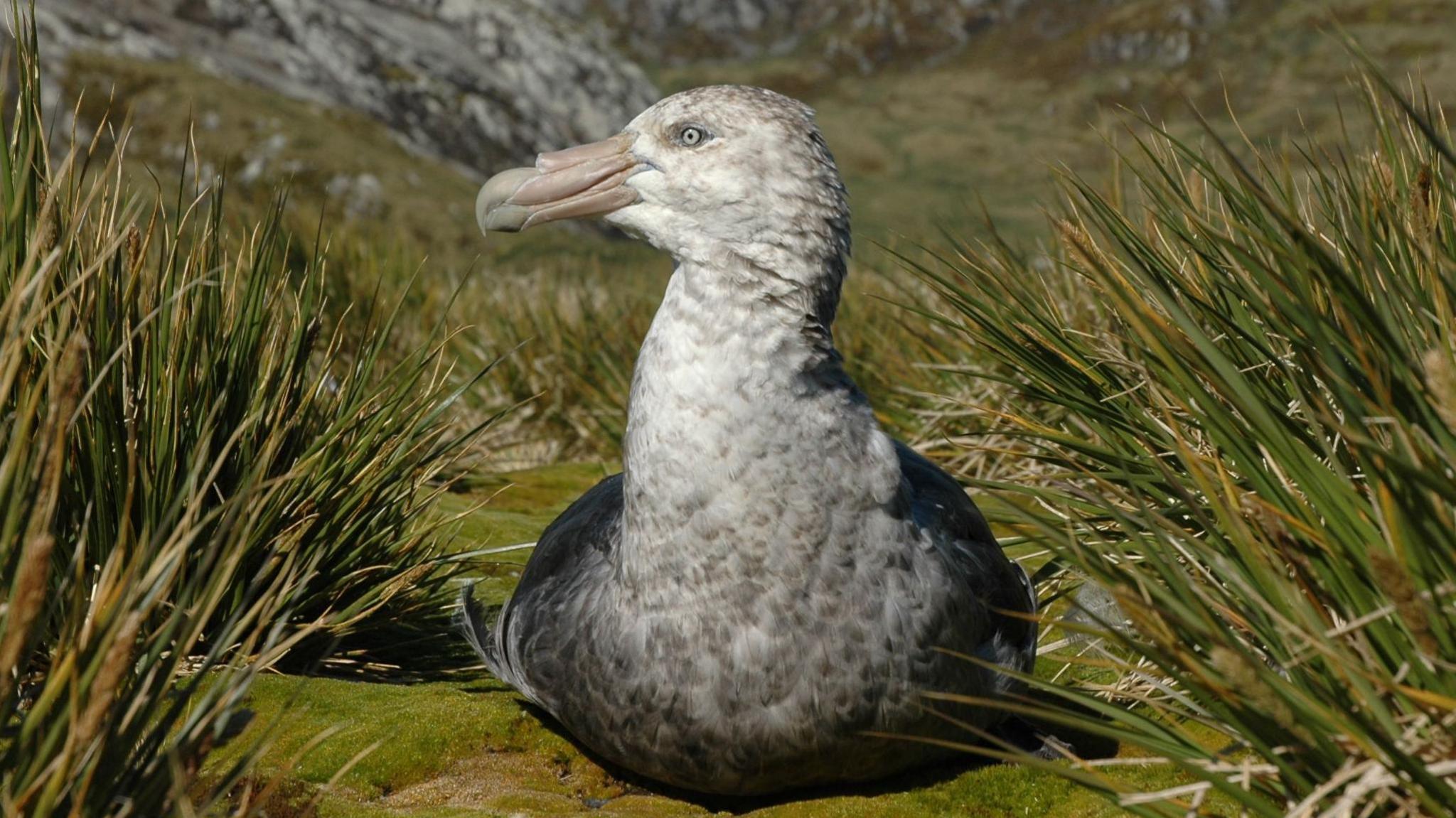
The southern giant petrel was one of seven species studied
- Published
Several seabird species are having to fly further to find food because of sea ice melting in Antarctica, a study has claimed.
Albatrosses and petrels which breed on islands near the continent could be negatively impacted by its receding sea ice, academics from Durham University and the British Antarctic Survey (BAS) said.
They studied foraging data collected for seven species from 1992 to 2023, with their findings published in the Progress in Oceanography journal.
BAS previously warned the floating sea ice had reached a record low level which was "extremely unlikely" without climate change, external.
Sea ice forms on the sea's surface during winter and melts during the summer.
Several species of albatross and petrel fly "huge distances" to parts of the Southern Ocean to feed in the "nutrient-enriched waters" left by melted ice or scavenge on seals on the ice itself, the Durham academics said.
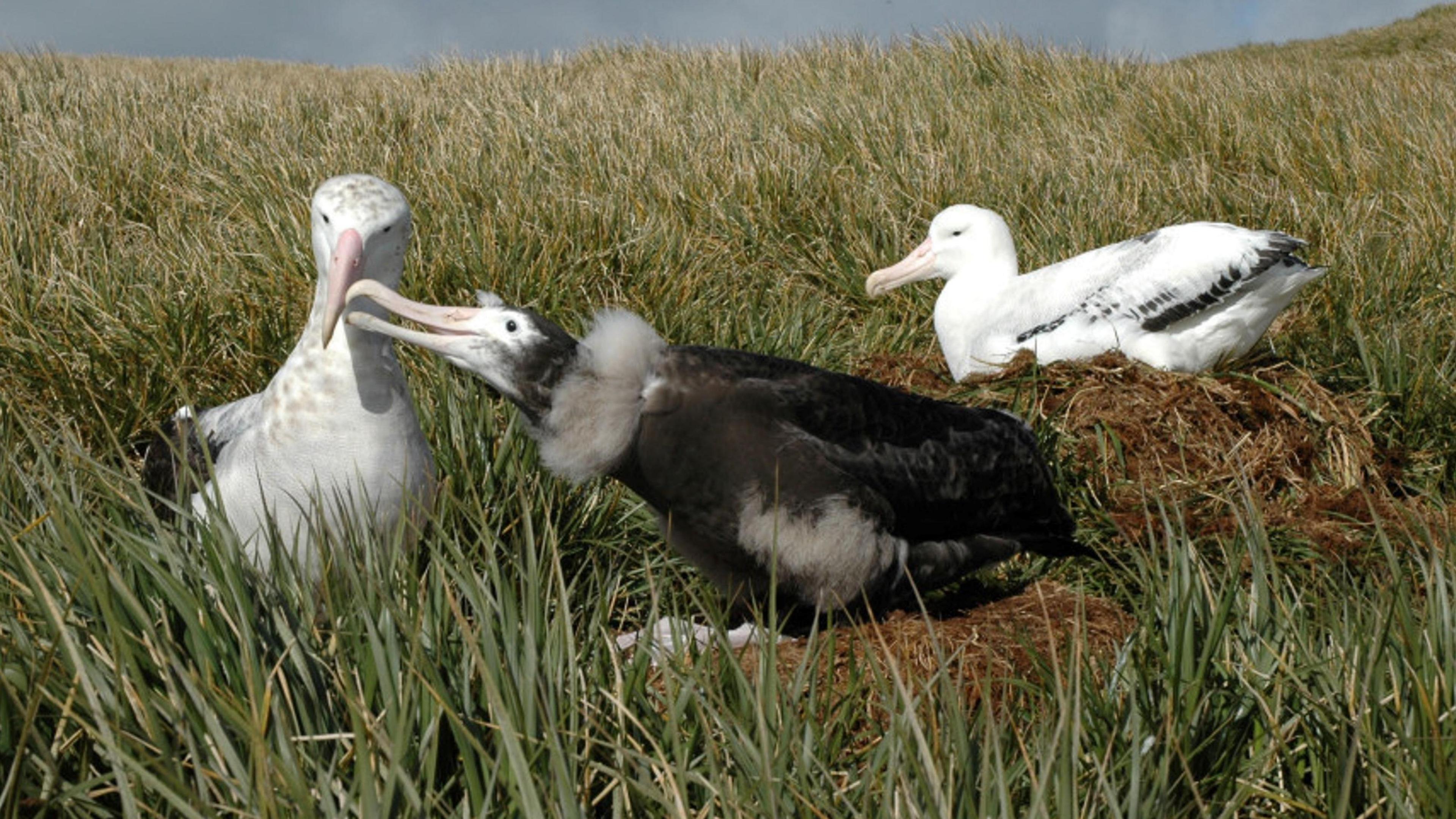
It is believed albatrosses feed in the nutrient-rich waters of melted sea ice
A spokesman said: "The findings suggest Antarctica’s shrinking sea ice could force seabirds to travel further from their breeding grounds to find food, or it could alter the patterns of where that food can be found.
"In turn, this could affect the ecosystems these birds are a part of."
Dr Ewan Wakefield, of the university's Department of Geography, said: "Antarctica’s receding sea ice, driven by climate change, could affect not just the penguins, familiar to many people, that breed on the continent, but also huge numbers of seabirds breeding hundreds or thousands of miles away."
The study looked at satellite data for seven species living on South Georgia, about 1,000 miles (1,600km) from Antarctica, analysing 2,497 trips made by 1,289 birds over a 31-year period.
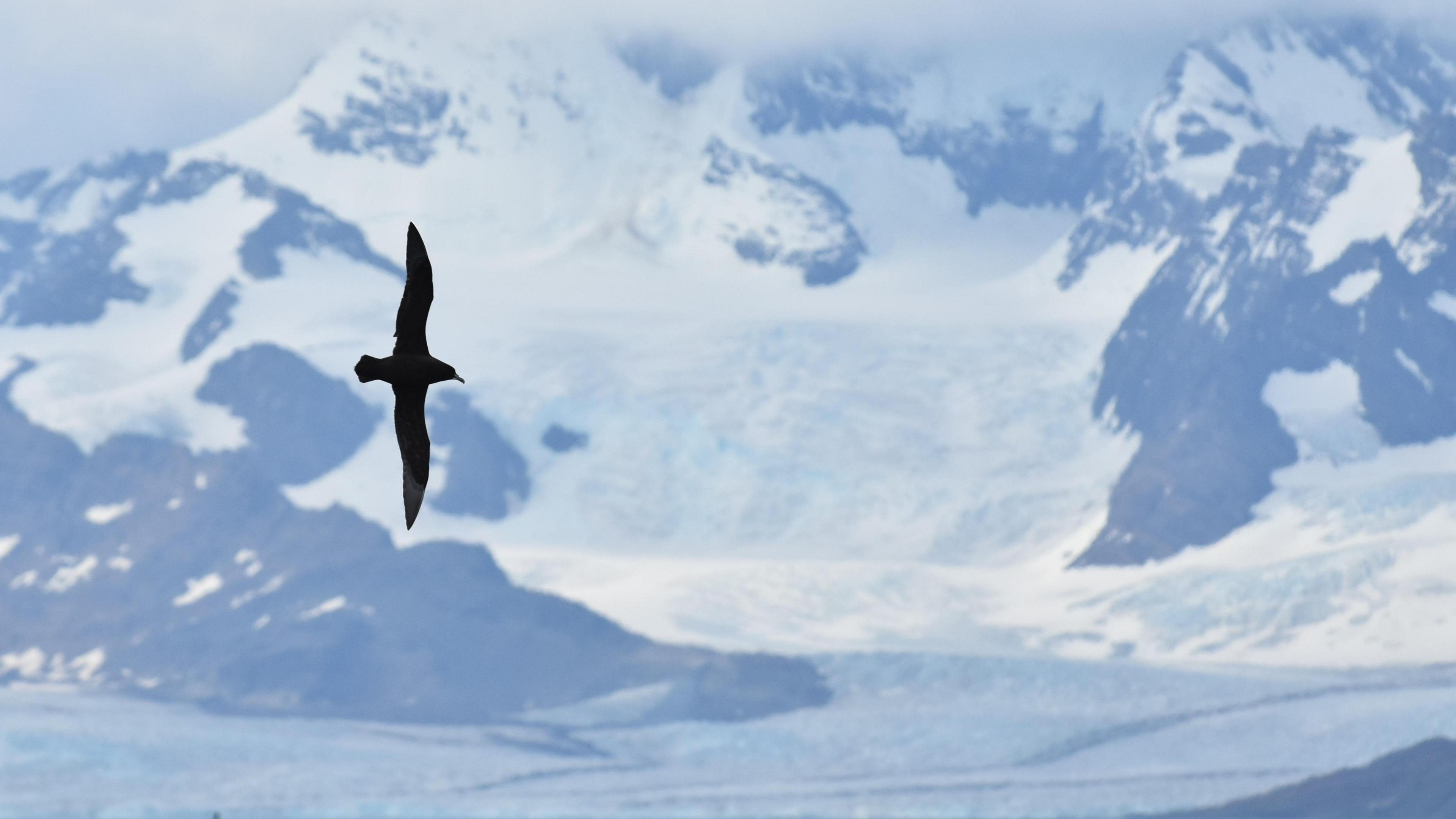
Birds such as the white-chinned petrel are thought to feed in the nutrient-rich waters left behind by melted sea ice
The report said Antarctic sea ice was relatively stable during the period when the data was recorded, but over the past five years had reached record lows, with BAS saying there were more than 770,000 sq miles (2m sq km) less ice than usual in the winter of 2023.
The academics said further study was needed on what exactly the birds were eating, how they actually "interacted" with sea ice and the impact during the beginning and end of the breeding season.
The research also included BirdLife International, the University of Barcelona, the University of Helsinki, Stony Brook University and the University of Coimbra.
Follow BBC North East on X, external, Facebook, external, Nextdoor and Instagram, external. Send your story ideas to northeastandcumbria@bbc.co.uk.
More stories from BBC North East and Cumbria
- Published21 May 2024
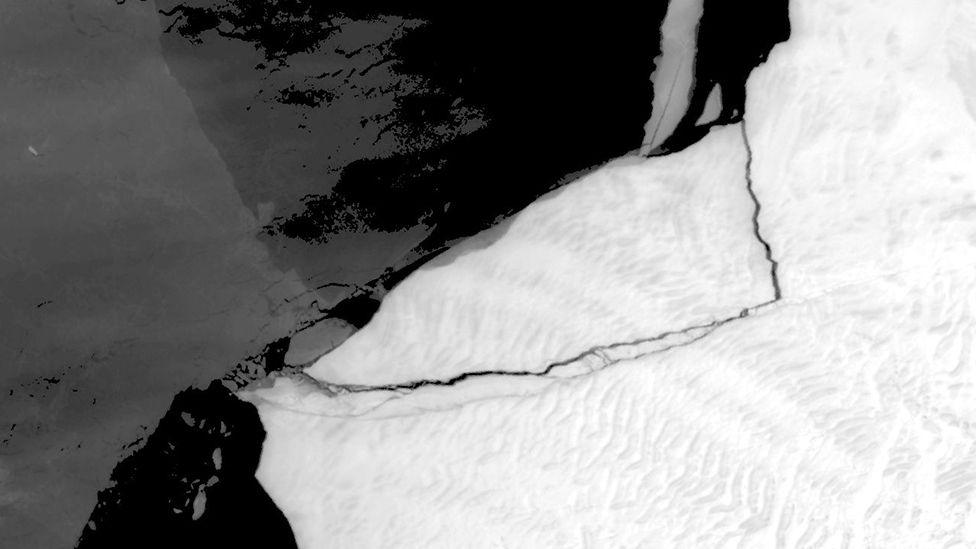
- Published11 March 2024
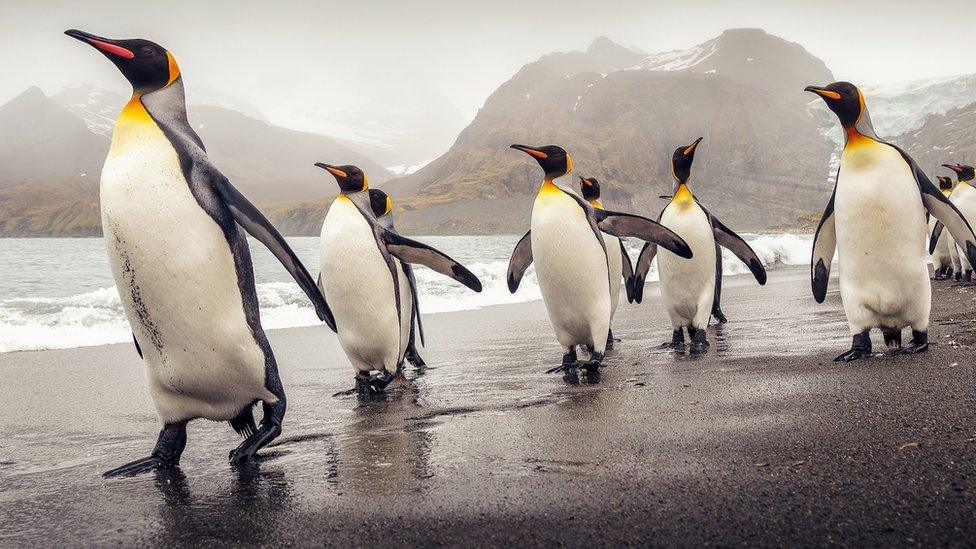
- Published14 February 2024
